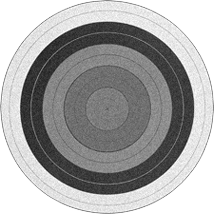Sustainability claims have become widespread in the modern marketplace, and with it greenwashing has expanded. The practice of making empty, unfounded or exaggerated sustainability claims risks alienating buyers committed to sustainable development. Not all claims are equal, and the systems behind claims are diverse - claims based on sustainability standards and certification are just one type. For governments, businesses or customers, navigating the claims landscape can feel like a jungle - or even a minefield – full of non-credible options.
The Challenge the Label webpage is a tool for claims users to detangle this busy space and distinguish between credible and non-credible claims. It aims to improve educated decision-making by leading people through the key questions in understanding a claim or label. The Challenge the Label initiative was set up by ISEAL, the global membership organisation for ambitious, collaborative and transparent sustainability systems. ISEAL convened a multi-stakeholder Steering Committee to oversee the development of its guidance on sustainability claims. The Committee consists of sustainability experts from government, business, the consumer movement, and leading NGOs and certification initiatives.







